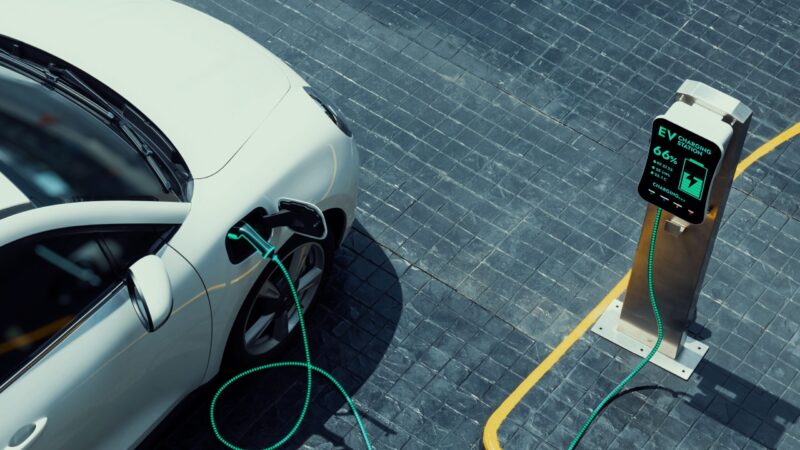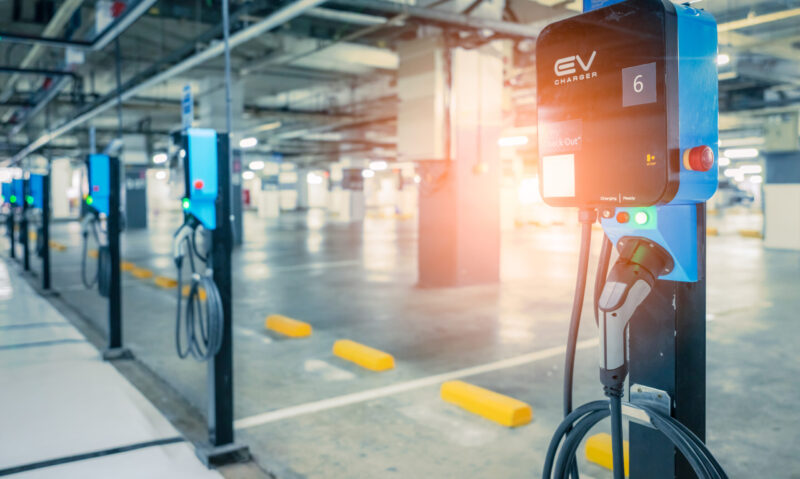
This site
is mobile
responsive

As Malaysia positions itself at the forefront of the global green transition, the adoption of Electric Vehicle (EV) has become a cornerstone of its strategy to reduce carbon emissions and foster sustainable growth. Policies such as the National Automotive Policy (NAP) 2020, the National Energy Policy 2022-2040 (NEP) and the Low Carbon Mobility Blueprint 2021-2023 (LCMB), underpin the nation’s commitment to decarbonisation and its ambition to become a regional leader in energy-efficient vehicles.
The National Energy Transition Roadmap (NETR) identifies green mobility as essential for Malaysia’s shift to a low-carbon transport ecosystem. With transportation being the second-largest source of greenhouse gas emissions, electrifying the sector is crucial. The NETR sets bold targets: achieving 80% EV adoption, 90% local EV manufacturing, and enhanced internal combustion engine (ICE) fuel efficiency by 2050. To drive this agenda, the Ministry of Investment, Trade and Industry (MITI) has established the National EV Task Force (NEVTF) and the National EV Steering Committee (NEVSC), promoting adoption, infrastructure development, and investments in the EV ecosystem.
As Malaysia takes the helm of ASEAN in 2025, the theme ‘Inclusivity and Sustainability’ underscores its vision of shared progress and a greener future. With a goal of achieving carbon neutrality by 2050, Malaysia is ramping up efforts to decarbonise industries through the NIMP 2030’s Mission 3, focusing on energy efficiency, renewable energy, and green technologies. At the heart of this transition also lies the Green Investment Strategy (GIS), targeted sectors such as green mobility, renewable energy (RE) and hydrogen, with an ambitious RM300 billion investment goal by 2030. Quick wins in solar PV and EVs lead the charge, backed by MIDA’s proactive investment facilitation.
The backbone of Malaysia’s EV transition is a resilient and extensive charging network. By 2025, the Malaysian Government aims to install 10,000 EV charging points, a key target under the LCMB. This effort is coordinated through the Malaysia Electric Vehicle Charging Network (MEVnet) platform, developed by the Ministry of Housing and Local Government (KPKT) and the Malaysian Green Technology and Climate Change Corporation (MGTC). MEVnet streamlines the planning and rollout of charging infrastructure, ensuring nationwide accessibility.
As of October 2024, Malaysia has installed 3,354 charging stations, achieving 33.54% of the 2025 target. This includes 956 DC fast chargers and 2,398 alternating current (AC). DC fast chargers, capable of replenishing 80% of an EV battery in about 30 minutes, are crucial for long-distance travel, while AC chargers, being cost-effective, dominate urban settings. To accelerate progress, the government has introduced new initiatives, including enhanced incentives for EV charger installations, streamlined regulatory processes, and the establishment of public-private partnerships to scale up infrastructure development. These measures aim to increase the national EV charging station target to ensure broader accessibility and cater to the anticipated surge in EV adoption. With RM81.3 million in investments approved in 2024 alone for EV charging components, signalling robust growth in the EV charger manufacturing sector, and the government’s latest initiatives, Malaysia is well-positioned to surpass its 2025 EV infrastructure goals and further solidify its commitment to sustainable mobility.
Charge Point Operators (CPOs) are instrumental in developing Malaysia’s EV charging ecosystem. Companies like ChargEV, Gentari, JomCharge, and Shell Recharge are leading the charge in establishing a comprehensive network of chargers throughout the country.
The Government is actively supporting this growth through clear guidelines and incentives. The recently launched guidelines for Electric Vehicle Charging Bays (GPP EVCB) provide a framework for installation, ensuring standardisation and safety across the network.
While Malaysia’s EV journey is promising, challenges remain. High upfront costs, the need for faster charging technologies, grid limitations and also financial constraints need to be addressed. Furthermore, increasing EV adoption requires overcoming range anxiety and raising consumer awareness. However, with continued government support, private sector collaboration, and technological advancements, Malaysia is well-equipped to overcome these challenges.
The Government is actively incentivising EV adoption and infrastructure development through measures like tax reliefs for individuals installing home chargers and the Green Technology Incentive – Green Investment Tax Allowance (GITA), which offers companies tax allowances for investing in charging infrastructure.
Malaysia’s vision for sustainable mobility is ambitious and achievable. The robust policy framework of NAP 2020, NEP 2022-2040, and LCMB 2021-2023, coupled with innovative incentives and collaborative efforts, sets the stage for widespread EV adoption. With continued expansion of the EV charging network, Malaysia is poised to lead in green mobility, ensuring a future of sustainable transportation and significant carbon reduction across the region. This commitment to a greener, more electric future will benefit not only Malaysians but also contribute to a healthier planet for generations to come.
To learn more, please reach out to the Green Technology Division at https://www.mida.gov.my/staffdirectory/green-technology-division/.
